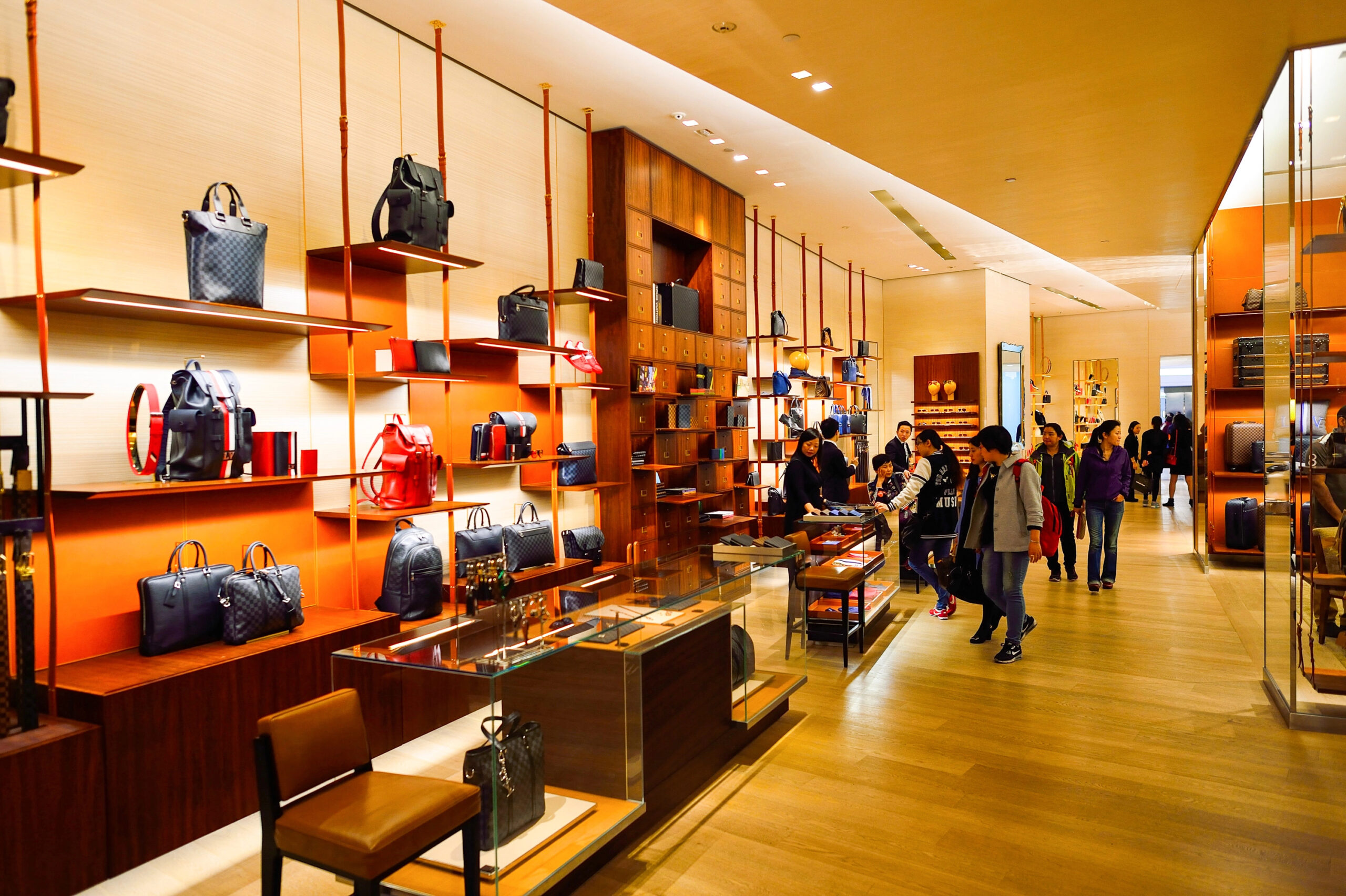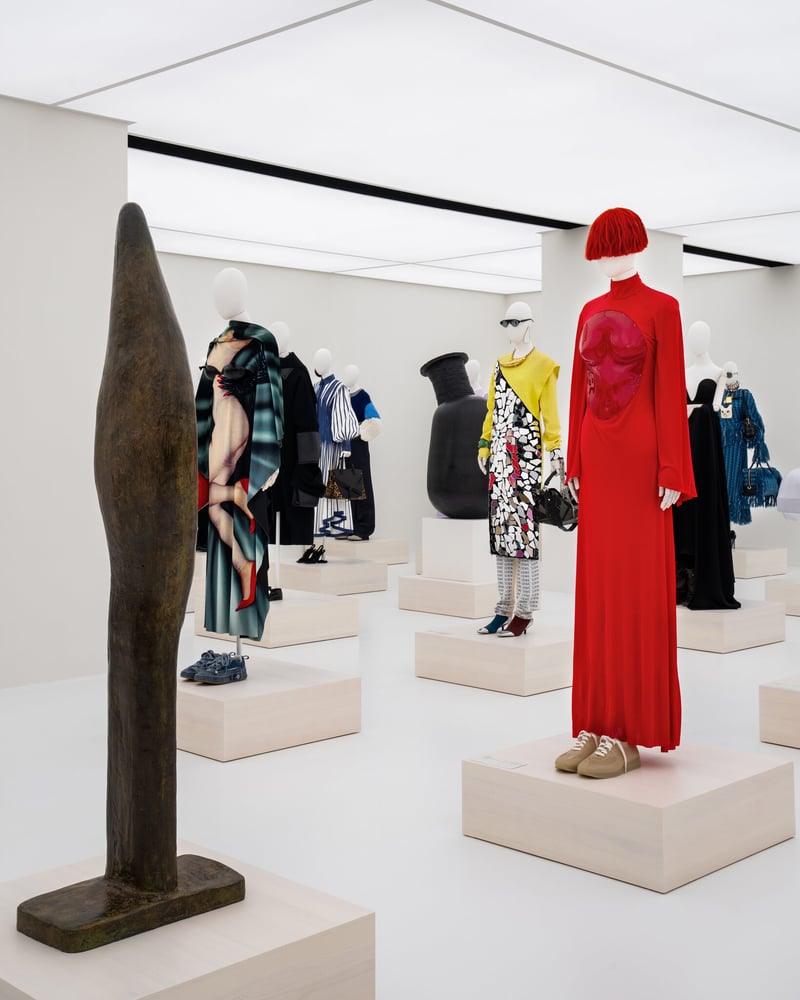Last year, the global opening of luxury stores declined by 13%. However, various regions defied this trend as brands diversified their strategies and intensified their focus on locales boasting robust domestic fundamentals.
A recent report from international real estate advisor Savills reveals that activity in the Asia Pacific region experienced a notable surge, with a remarkable 31% increase in store openings year-on-year.
China maintained its dominant position, constituting 41% of all global luxury store openings. Nevertheless, despite its stronghold, weakened brand confidence amidst a challenging consumer landscape, coupled with a decrease in real estate prospects, resulted in a 12% reduction in new store expansions within the country. It’s worth noting, however, that this decline followed a notably robust 2022 period marked by a post-pandemic resurgence.

Savills further highlighted that Tokyo and Singapore collectively accounted for nearly half (40%) of the luxury store openings in the Asia Pacific region. This was facilitated by enhanced tourist expenditure, including the impact of a weaker yen in Tokyo’s case, alongside the relaxation of visa restrictions for Mainland Chinese tourists.
Interestingly, despite the challenges faced by the US luxury market last year, North America experienced a rise in new luxury store openings. New York led the surge, doubling its count to 12% compared to the previous year, while Los Angeles followed closely.
Moreover, there was increased activity observed across several affluent domestic cities and leisure resorts, including Atlanta, Dallas, Chicago, and Aspen, reflecting a broader trend of expansion in the region.
Savills noted that luxury store openings in Europe experienced a 17% decline, which they attributed more to limited availability across the continent’s prime luxury streets. This scarcity was a consequence of an 83% surge in openings in 2022, rather than a diminished appetite for expansion in the region.
The researchers delved into future market size and wealth, relative to the existing presence of luxury brands, aiming to identify cities that are currently underserved in terms of luxury offerings.
According to the report, cities like Tokyo, Seoul, New York, Paris, and London understandably boast the greatest brand presence in the luxury market. However, the researchers also highlighted several less “mature” global counterparts that present significant potential for growth.
The report emphasised China as a pivotal opportunity in spite of the short-term challenges confronting luxury expenditure in the region. The optimism stems from the country’s sheer size and escalating affluence. Particularly, it pointed out that several of China’s major cities, including Shenzhen, Hangzhou, and Wuhan, remain compelling prospects. These cities are relatively underserved in terms of luxury brand presence compared to more established markets like Shanghai and Beijing.
China’s second and third-tier markets present lower costs, thereby offering luxury brands the potential for a quicker return on investment.

Among the notable markets distinguished by their size, escalating affluence, and relatively low representation of luxury brands are Mumbai, Delhi, Jakarta, Bangkok, and Dubai.
Anthony Selwyn, Co-Head of Global Retail at Savills, noted, “Luxury brands are being more strategic than ever in terms of the locations they are taking and their presence in particular markets.”
Marie Hickey, Director in Commercial Research at Savills, elaborated, “In the aftermath of the pandemic, we witnessed a significant surge in new store expansion, notably in China. Therefore, it’s unsurprising to see this pace slow down as markets begin to normalize. Weaker consumer confidence and expenditure in China, coupled with constraints in prime luxury locations across Europe, North America, and the Middle East, indicate that this deceleration in new store activity will likely persist into the early months of 2025.
However, this doesn’t imply a lack of interest in expanding and optimising real estate portfolios, particularly in emerging growth markets in Asia and the Middle East. Nevertheless, we anticipate that larger conglomerates with more established store portfolios will adopt a more discerning approach in their store expansion strategies”, she added.


